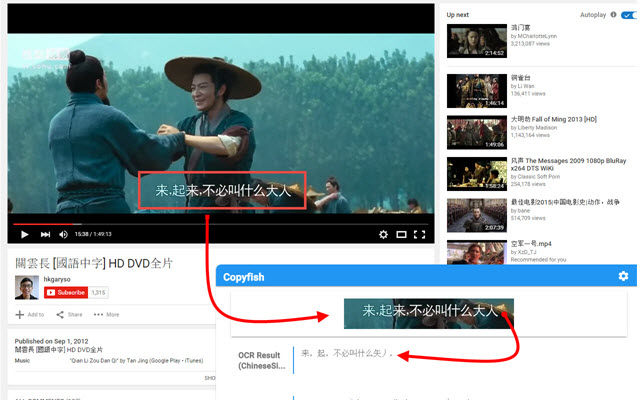
Steps to implementing a document OCR pipeline with OpenCV and Tesseract
#OPEN SOURCE OCR DATA EXTRACTION HOW TO#
In the rest of this tutorial, you’ll learn how to implement a basic document OCR pipeline using OpenCV and Tesseract.
#OPEN SOURCE OCR DATA EXTRACTION MANUAL#
Optical Character Recognition algorithms can automatically digitize these documents, extract the information, and pipe them into a database for storage, alleviating the need for large, expensive, and even error-prone manual entry teams. These large organizations employ data entry teams whose sole purpose is to take these physical documents, manually re-type the information, and then save it into the system. The need for physical paper trails combined with the fact that nearly every document needs to be organized, categorized, and even shared with multiple people in an organization requires that we also digitize the information on the document and save it in our databases. In this tutorial, we’ll put OpenCV, Tesseract, and Python to work for us to make an automated document recognition system.ĭespite living in the digital age, we still have a strong reliance on physical paper trails, especially in large organizations such as government, enterprise companies, and universities/colleges.



Figure 3: As the owner of an accounting firm, would you rather pay people to manually enter form data into your accounting database, potentially introducing errors, or use a more accurate automated system that saves money? Given the money you could save, you could then hire employees who could analyze the accounting data and make decisions based upon it.


 0 kommentar(er)
0 kommentar(er)
